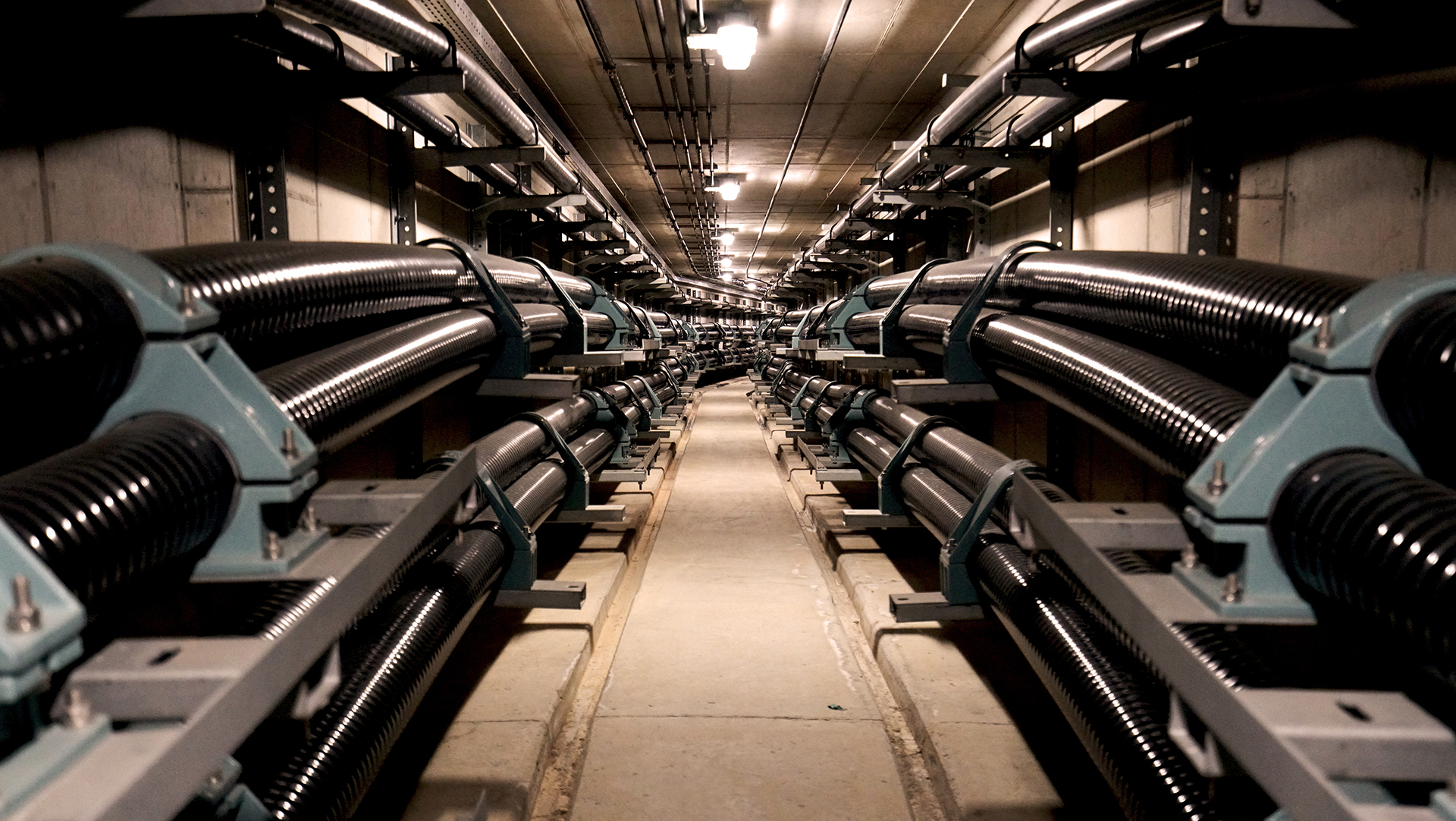
What was this consultation about?
This consultation was about the development of a new sub-sea cable and onshore underground power transmission facility which would produce deep-sea cables capable of transporting large volumes of clean energy across the UK quickly and efficiently.
As part of this, we sought feedback from the public as well as local and regional organisations on their views about our proposals – and specifically, what it could mean for South Tyneside.
How can I provide my feedback?
The consultation period ran for five weeks – from Wednesday 14th May to midnight on Wednesday 18th June. Feedback submission is now closed and we are in the process of analysing all of the feedback we received to ensure that comments are considered in the development of our final proposals.
What are the details of the proposed facility?
The proposed sub-sea cable and onshore underground power transmission facility would see a world-leading advanced manufacturing cable production plant built at the Port of Tyne (South-side – Tyne Dock).
The facility can be broken down into two specific sections:
- Section one would predominately manufacture cables in a purpose-built manufacturing building, with a footprint of approximately 300m x 115m.
- Section two would be a 202m tall tower, which would be used to apply a protective sheath onto the cables.
In addition to these two key sections, the development would also comprise additional manufacturing space, testing facilities, materials storage buildings, offices, security infrastructure, cable storage spools and a gantry to convey cable and to load ships at the adjacent quayside.
What are sub-sea cables used for?
Sub-sea cables are used to transfer energy underground or across the seabed – helping avoid the need for overhead powerlines.
Sub-sea cables are vital to the UK’s future energy security. As the UK pushes forward with its net zero goals, these cables will be critical for transferring clean energy from renewable power sources such as offshore wind back to land, or for transferring clean energy between countries.
Who would deliver the project?
The project is being proposed by LS Eco Advanced Cables Ltd (LSEAC).
- LS Group is one of the world’s leading manufacturers of high voltage cables with over 33 subsidiaries worldwide and more than 60 sales and productions sites in over 21 countries. It is a supplier of cables to the world’s largest wind farm at Hornsea in the UK and framework supplier of cables to National Grid and its partners.
What are the benefits to me and my community?
The proposed development would provide a lasting environmental and economic impact, with sub-sea cables set to be in consistently high demand, and a technologically vital product for renewable energy production – which is only set to increase.
It would have a significant impact on the local, regional, and national economy, creating 500 direct jobs and many more across the wider supply chain.
The Port, along with other major organisations in the area, will work with schools, colleges and universities in the region to bridge the skills gap and keep jobs local.
All of this would draw significant investment, helping to future-proof the region’s economy, putting it on the map as a centre for innovation, at the heart of the UK’s journey to net zero.
Why do you need to build a 202m-tall tower?
This facility would produce long-length cables, minimising the number of connections required and thereby reducing associated risks during deep-sea operations.
The tower would provide space to stretch the cables, winding them up and down multiple times inside the building. It would also use gravity to apply protective sheaths, ensuring that they remain robust under the weight of the ocean when installed along the seabed.
Will the facility’s development and running impact my day-to-day life?
We are taking all reasonable steps to ensure the facility does not impact on people’s day-to-day lives.
During construction, to minimise the amount of materials brought in by roads – which can clog up roads and cause local pollution – the project will bring materials in part into the Port through waterways – utilising ship paths to get materials to the construction site with minimal passing noise and congestion caused.
The construction of the facility would be within the Port – the closest residential housing to this site is 750m away, meaning even the closest people are not within the immediate vicinity of the site – helping reduce any noise pollution during construction.
Why was it important that I provide my views if you have already developed proposals?
We are very interested in the views of local people, business and community organisations on what the impact of the development would be.
Before we submit our final planning proposal to South Tyneside Council, we wanted to ensure that we had heard from as many people in the local area as possible, to take on board their feedback and – where feasible – incorporate it into our plans.
We wanted to use the consultation period to gather people’s feedback to help shape our proposals, ensuring that this development reflects the needs of local people wherever possible.
What happens next?
The consultation was open until 18th June 2025. Following the end of consultation, we will analyse your feedback closely and assess where it can influence and refine the project’s design.
We will respond to all suggestions in a Statement of Community Involvement (SCI) which will form part of our planning application to South Tyneside Council, the consenting authority, which we will formally submit later this year.
The Statement of Community Involvement (SCI) will be published on their website as part of our planning application.
If you later wish to submit further responses as part of the planning application relating to these proposals, you can find out all the information about doing this on South Tyneside Council’s website.
How long would construction take?
If the proposed project secures planning permission, we will promptly proceed to the construction phase, with on-site works expected to span up to three years.

